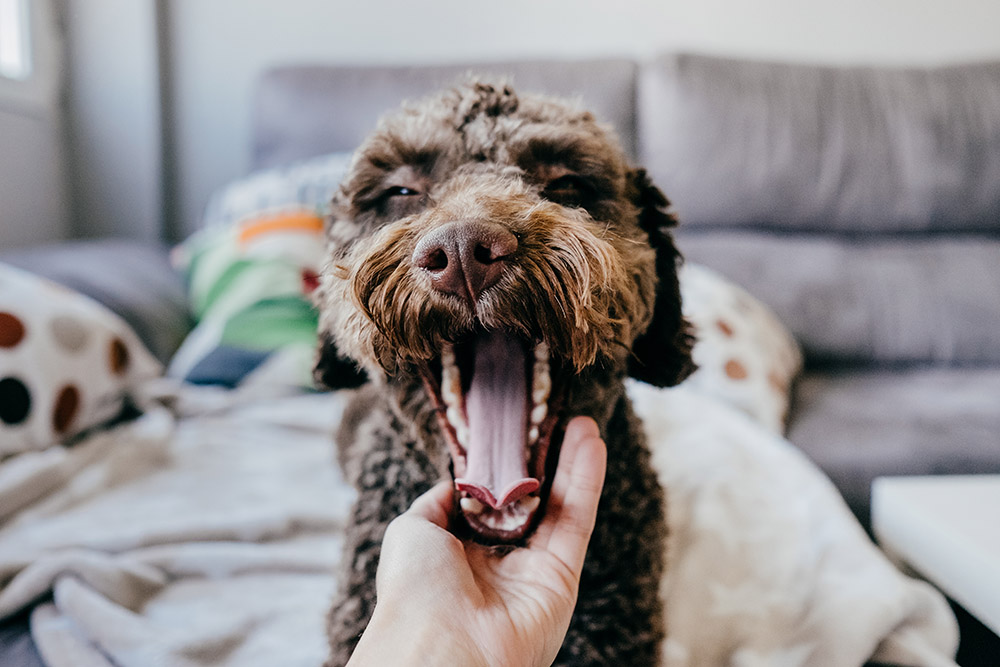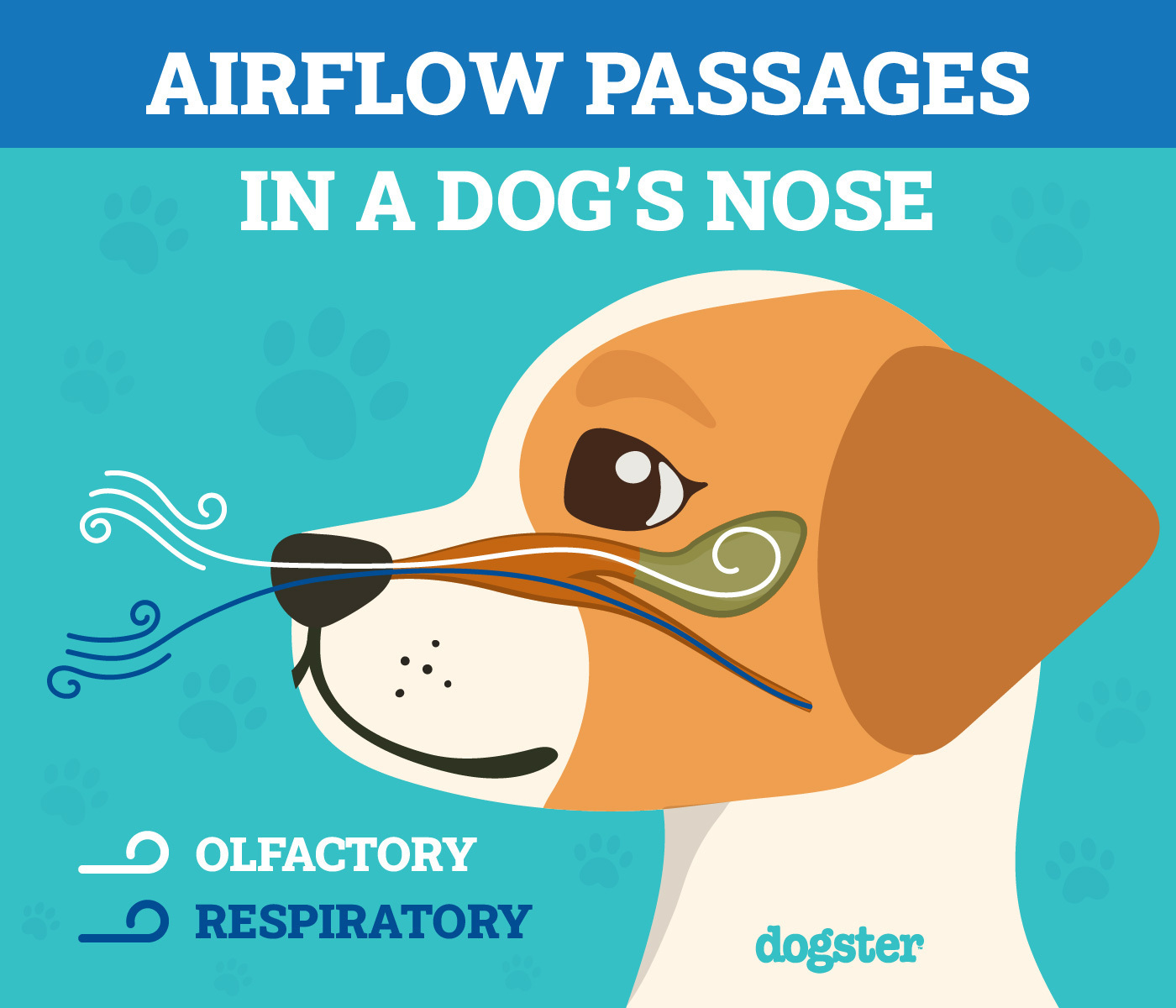Do Dogs Have Uvulas? Vet Reviewed Dog Anatomy

You know that your anatomy and your dog’s are very different. However, despite all the differences between human and canine anatomy, there are also a few similarities. When it comes to similarities in the mouth and throat of humans and canines, you might have wondered whether dogs have uvulas like we do.
As it turns out, dogs do not have uvulas! Unlike humans, canines have no need for a uvula, so it’s not like they’re missing a vital part of anatomy. But what exactly does the uvula do in humans, and why don’t dogs need one?


What Is the Uvula, and What Does It Do?
If you’re unsure what the uvula is, it’s the small, fleshy thing that dangles from the soft palate in the back of your throat like a tiny punching bag. In humans, this part of the anatomy serves a few functions, including:
- Maintaining moisture in the throat and mouth
- Aiding in swallowing
- Preventing swallowed food from going into the nasal passages
- Aiding in speech
- Immune system functions
- Triggering the gag reflex
So, the uvula plays an important function in humans. However, there are people born without this part of the throat or who end up having it removed who are perfectly fine without it, so it’s also not an entirely necessary part of our anatomy.


Why Don’t Dogs Have Uvulas?
Dogs don’t have uvulas because they don’t need them. The anatomy of their mouth and throat are different from ours, which means they have other ways of maintaining moisture, swallowing, and preventing swallowed food from going where it shouldn’t. Canines also have a gag reflex, but unlike in humans, where this reflex is triggered by something touching the uvula, a dog’s gag reflex is often triggered via the larynx, and one of the most common ways the gag reflex in dogs is triggered is through coughing.
Interestingly, there is one dog who does have a uvula—the New Guinea singing dog! These dogs, who are genetically similar to dingoes, have a forked uvula, which is responsible for the unique and haunting vocalizations they make, which sound somewhat like yodeling.
What Do Dogs Have Instead of Uvulas?
While our canine companions may not have uvulas, they do have soft palates (which we also have). The soft palate in dogs acts in similar ways to our uvula. This flexible structure is fleshy, muscular, and found in the back of the mouth, where it separates the nasal cavity from the oral cavity. Some of the functions the soft palate performs, like the human uvula, are aiding in vocalizations and preventing swallowed food from going into the nasal passages. This part of a dog’s anatomy also helps direct airflow during breathing.


Dogs and Elongated Soft Palates
Some dog breeds, especially brachycephalic breeds like Pugs or Pekinese, have what is known as an elongated soft palate. This is where the soft palate extends to the part of the throat called the epiglottis (a flap that covers the tracheal opening) and obstructs airflow into the trachea. This can result in what looks like a uvula and causes a dog to snore while sleeping and snort while awake. This can also make it more difficult for them to pant to cool off.
The inability to cool off properly makes them more liable to suffer heatstroke, so if you suspect your dog has an elongated soft palate, you shouldn’t ignore it. Surgical correction is the typical fix for this problem and your vet can advise you further.


Final Thoughts
While humans may have uvulas, dogs do not (minus the New Guinea singing dog). While we need this part of our anatomy to aid in many aspects, such as speaking and swallowing, the soft palate in dogs helps them with vocalizations and swallowing. So, canines lack the uvula because they simply don’t need them.
If you look in your pup’s throat and think you see a fleshy bit hanging down, it might be that your pet has an elongated soft palate. When this part of the anatomy is elongated, it may look like a uvula; more importantly, it can cause health problems in your dog, like snoring and heat stroke. If you believe your pet has an elongated soft palate, speak with your vet to see what should be done to remedy the problem.
Featured Image Credit: Tatianasoba, Shutterstock



